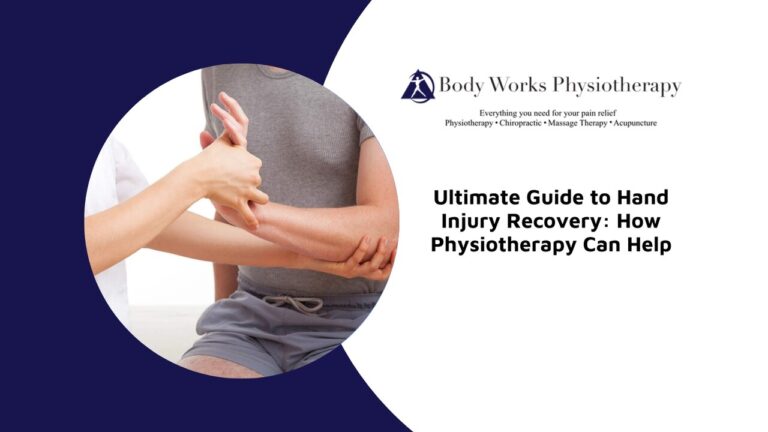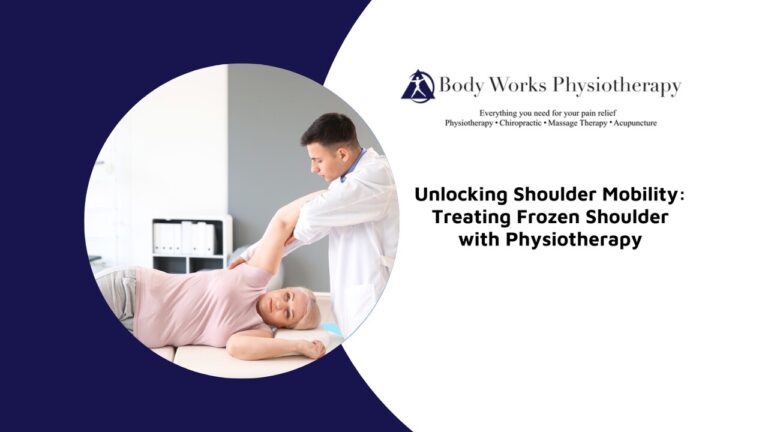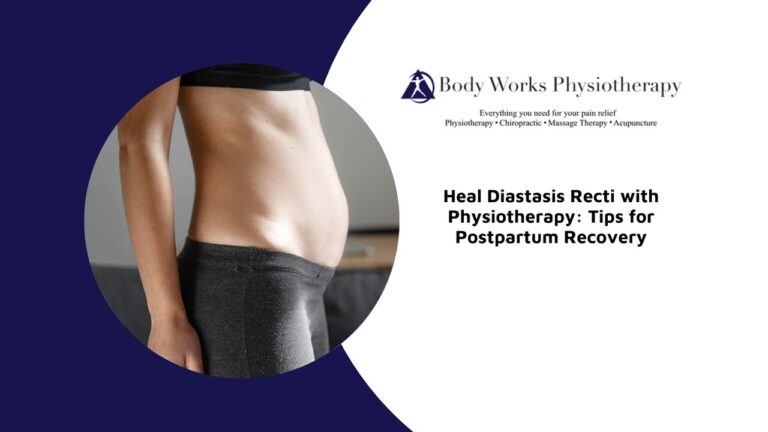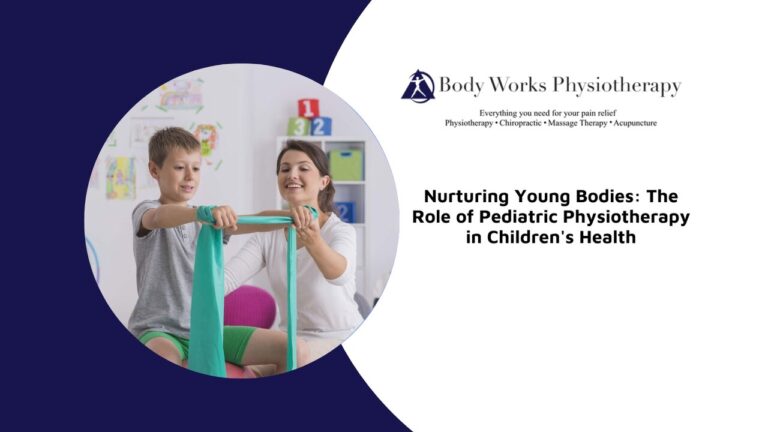
Lower back pain is a pervasive issue that affects millions of people worldwide. Whether it’s a dull ache that lingers or a sharp pain that limits your mobility, dealing with lower back pain can significantly impact your quality of life. In this blog, we’ll explore how physiotherapy can help you find relief from lower back pain, the exercises commonly recommended, and the importance of integrating lifestyle changes to support your recovery.
Understanding the Causes of Lower Back Pain
Lower back pain is a common issue that can be caused by various factors, including:
- Poor Posture: Slouching or maintaining an incorrect posture while sitting or standing can place undue stress on the lower back muscles, leading to pain over time. Consistently poor posture can contribute to muscle imbalances and spinal misalignment, exacerbating discomfort.
- Muscle Strain: Overstretching or tearing of the lower back muscles, often due to lifting heavy objects improperly or sudden movements, can cause significant pain. Repeated strain can lead to chronic issues if not properly managed and treated.
- Sedentary Lifestyles: Prolonged sitting or inactivity can weaken the muscles that support the spine, increasing the likelihood of lower back pain. A lack of regular physical activity can also lead to stiffness and reduced flexibility, further contributing to discomfort.
- Degenerative Conditions: Conditions like arthritis or degenerative disc disease can cause the gradual deterioration of the spine, leading to persistent lower back pain. These conditions often develop with age and may require long-term management strategies.
- Injuries: Trauma from lifting heavy objects or sudden movements, as well as accidents, falls, or sports-related activities can result in injuries like fractures, sprains, or herniated discs, all of which can contribute to lower back pain. Acute injuries often require immediate attention and proper rehabilitation to prevent chronic pain.
- Underlying Conditions: Conditions like herniated discs, sciatica, or spinal stenosis can compress nerves or disrupt spinal alignment, leading to lower back pain. Identifying these conditions early is essential for effective treatment and pain relief.
Understanding the root cause of your lower back pain is crucial for effective treatment and prevention.
The Role of Physiotherapy in Treating Lower Back Pain
Physiotherapy is an effective treatment for lower back pain, focusing on relieving pain, improving mobility, and strengthening the muscles that support the spine. A physiotherapist will assess your condition and create a personalized treatment plan, which may include manual therapy, targeted exercises, and education on posture and ergonomics.
In addition to these treatments, physiotherapists may also use shockwave therapy to stimulate healing, acupuncture to relieve pain, and massage therapy to reduce muscle tension. These modalities complement the core physiotherapy techniques, providing a well-rounded approach to managing lower back pain and preventing future issues.
Physiotherapy can also play a significant role in preventing the recurrence of lower back pain. By strengthening the core muscles, improving posture, and teaching proper movement techniques, physiotherapy helps to reduce the risk of future injuries. Regular follow-up sessions and continued exercise are often recommended to maintain the benefits and prevent pain from returning.
Recommended Physiotherapy Exercises for Lower Back Pain
Physiotherapy for lower back pain typically includes exercises that strengthen the core muscles, improve flexibility, and enhance overall spinal stability. Common exercises might include:
- Pelvic Tilts: Lie on your back with your knees bent and feet flat on the floor. Tighten your abdominal muscles and press your lower back into the floor. Hold for a few seconds, then relax. Repeat this movement to help strengthen your core and reduce lower back pain.
- Pelvic Bridges: Lie on your back with your knees bent and feet flat on the floor. Lift your hips toward the ceiling while keeping your back straight, creating a bridge shape with your body. Hold for a few seconds before lowering your hips back down. This exercise strengthens the glutes, hamstrings, and lower back muscles.
- Cat-Cow Stretches: Start on your hands and knees with your back in a neutral position. Inhale as you arch your back, lifting your head and tailbone toward the ceiling (Cow pose). Exhale as you round your back, tucking your chin to your chest and pulling your belly button toward your spine (Cat pose). This stretch improves flexibility and relieves tension in the lower back.
- Lumbar Rotations: Lie on your back with your knees bent and feet flat on the floor. Gently lower both knees to one side while keeping your shoulders flat on the floor, then return to the center and repeat on the other side. This exercise helps to improve spinal mobility and reduce lower back stiffness.
These exercises help to stabilize the lower back, reduce pain, and prevent future injuries. Your physiotherapist will guide you through these exercises, ensuring they are done correctly to maximize their benefits.
Lower Back Pain for Physiotherapy: Healing Timeline Explained
The timeline for seeing improvements in lower back pain with physiotherapy can vary widely depending on several factors, including the severity of the pain, the underlying cause, and the individual’s overall health and commitment to the treatment plan.
Generally, people begin to see noticeable improvements within 2 to 6 weeks of starting physiotherapy. During this period, the body’s natural healing processes are supported by targeted exercises and therapies that help to reduce pain, improve mobility, and strengthen the muscles that support the spine.
However, the speed of recovery also depends on the client’s consistency in following prescribed exercises and adherence to their physiotherapist’s recommendations. Regular attendance at therapy sessions, combined with diligent practice of exercises at home, can significantly accelerate the recovery process. It’s also important to note that while some people may experience rapid relief, others with more complex or chronic conditions may require a longer period of therapy to achieve lasting results.
Ultimately, the key to successful recovery lies in a personalized treatment approach, client commitment, and ongoing communication with the physiotherapist to adjust the treatment plan as needed.
Managing Lower Back Pain: Recommended Lifestyle Changes
Incorporating certain lifestyle changes can significantly enhance the effectiveness of physiotherapy in managing lower back pain.
- Maintaining a Healthy Weight: Excess weight can place additional strain on the lower back, exacerbating pain and discomfort. Aim for a balanced diet and regular exercise to help manage your weight and reduce stress on your spine.
- Staying Active: Regular physical activity, with low-impact exercises like walking or swimming, helps to strengthen the muscles that support the spine and maintain flexibility. Incorporate low-impact exercises into your daily routine to keep your muscles engaged and prevent stiffness.
- Practicing Good Posture: Maintaining correct posture while sitting, standing, and lifting can prevent undue stress on your lower back. Ensure that your shoulders are back, your back is straight, and your weight is evenly distributed.
- Ergonomic Adjustments: Making adjustments at work and home, such as using supportive chairs and avoiding prolonged sitting, also contribute to a healthier spine. Maintain proper desk height and position screens at eye level to reduce strain on your lower back.
- Stress Management Techniques: Stress can lead to muscle tension, which may worsen lower back pain. Incorporating stress-relief techniques like yoga and mindfulness can help reduce tension that contributes to lower back pain.
Move With Confidence Again
Lower back pain doesn’t have to be a permanent part of your life. Through the personalized care and guidance offered by physiotherapists, you can regain control of your mobility and enjoy a pain-free life.
If you’re struggling with lower back pain, now is the time to take action. At Body Works Physiotherapy in Scarborough, we are dedicated to providing you with the highest quality physiotherapy care tailored to your specific needs. Don’t let lower back pain hold you back any longer—book your appointment today and start your journey towards a healthier, happier you.





